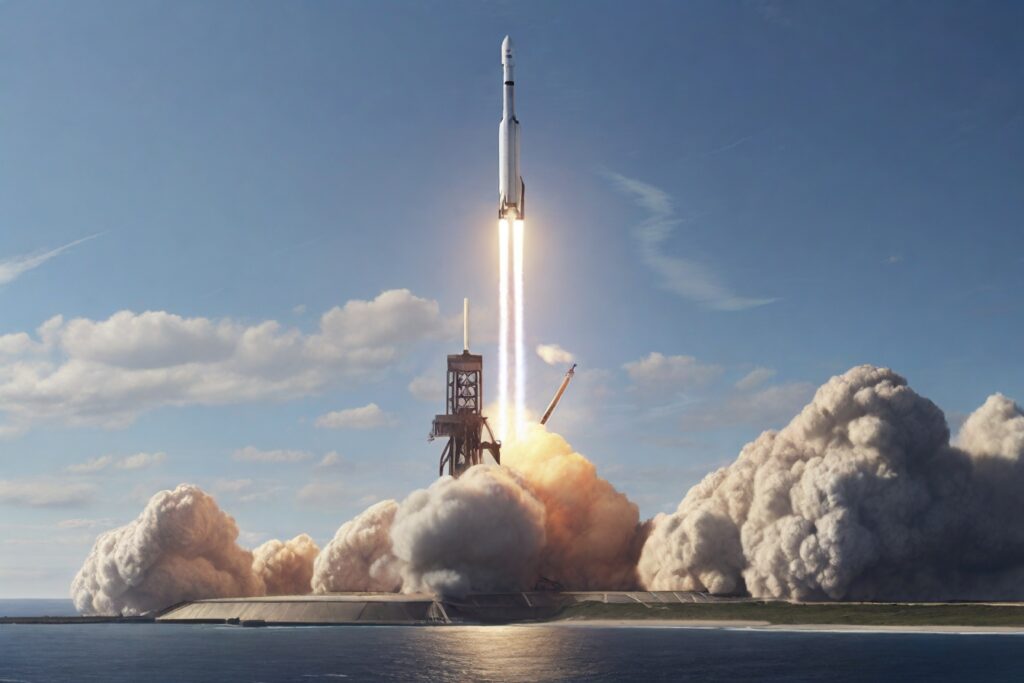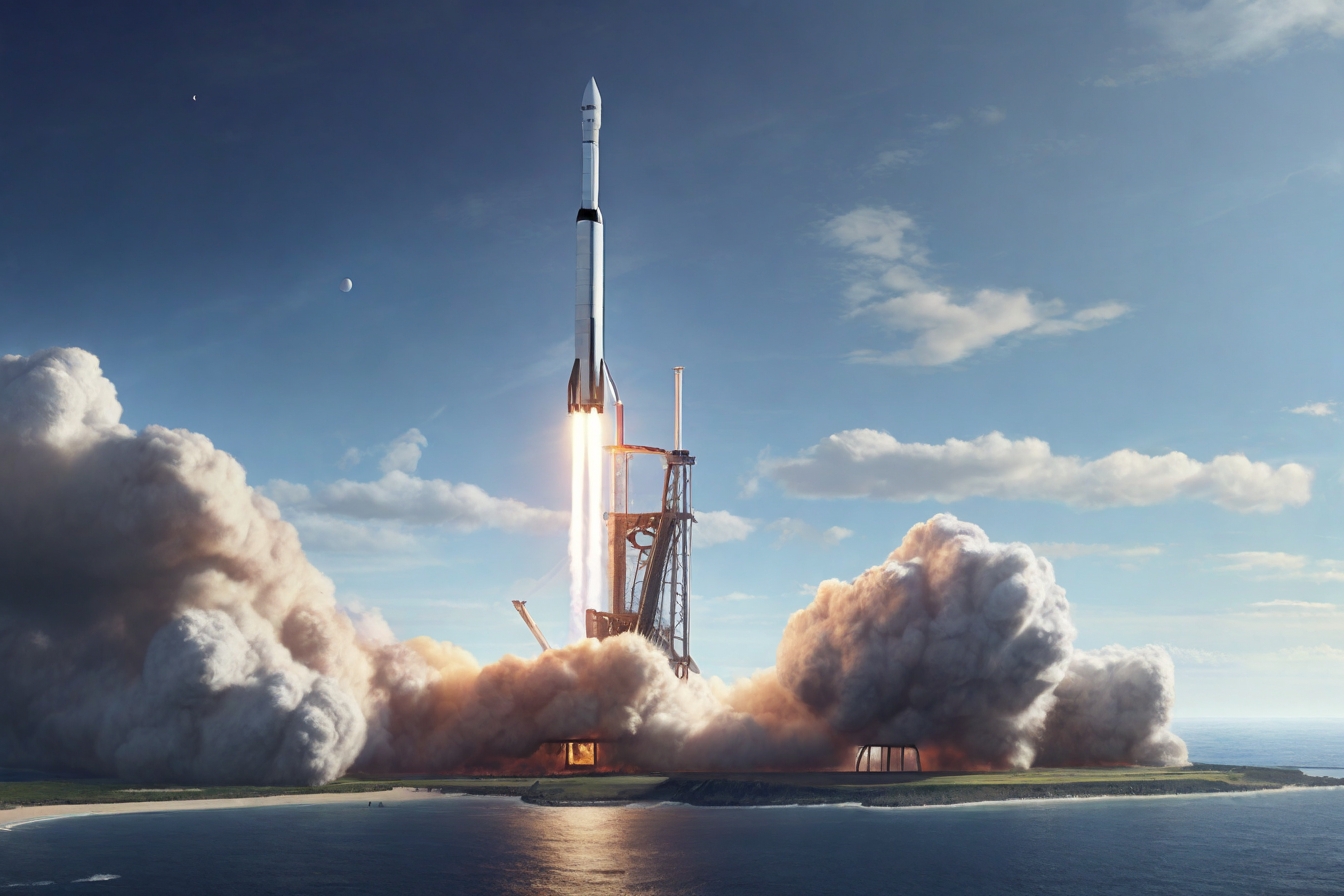In an effort to push the boundaries of innovation, SpaceX launched their next-generation mega rocket successfully on Thursday morning, creating a huge milestone for space travel. This launch served as a showcase of novel technology and methods that will be essential for upcoming trips beyond the moon and into deeper space, in addition to being just a flight.
Key Milestone on SpaceX’s 22nd Anniversary
This launch, which marked the company’s 22nd anniversary, was the third and most ambitious rocket test to date. The event attracted a lot of attention because NASA’s return to the moon program is anticipated to heavily rely on the massive launcher known as the Starship.
Launch from SpaceX’s Starbase Test Site

At 9:25 AM ET, the rocket lifted off from SpaceX’s test facility, Starbase, located near Boca Chica, Texas. Compared to earlier Starship testing, this mission represented two major firsts: a successful orbital flight and a successful re-entry into Earth’s atmosphere more than 40 minutes later.
During live broadcasts, SpaceX executives declared, “This is the longest and fastest flight of Starship yet.”
Examination of the data, however, revealed that the spacecraft went off course on the way down to Earth and did not make it to SpaceX’s planned splashdown location in the Indian Ocean.
Post-Flight Investigation by Federal Aviation Administration
After the test flight ended on Thursday, the Federal Aviation Administration (FAA) declared it was looking into what it called a “incident” linking the Starship vehicle and the Super Heavy booster of the rocket’s first stage.
“No injuries or damage to public property have been reported,” the bureau said. “FAA is overseeing SpaceX’s investigation of the incident under its launch license to ensure compliance with FAA regulations and determine the cause of the anomaly.”
Before SpaceX launches Starship again, the FAA will finish its review and require SpaceX to take any corrective measures that it finds appropriate.
The unfavorable result nonetheless, SpaceX called it a “extraordinary day.”
The Starship’s flight began without incident on Thursday morning, even though the corporation had changed its intended lift-off schedule. About three minutes into the flight, the Super Heavy first stage rocket successfully separated from the upper stage Starship spaceship.
But as SpaceX revealed in its livestream, the Super Heavy did not ignite as planned in the end, which led to a crash down to Earth and a “hard landing” in the Gulf of Mexico.
During the trip, SpaceX also wanted to demonstrate a number of other manoeuvres and capabilities, like as opening and closing the payload bay doors and moving propellant between Starship’s two orbiting tanks. The company stated that in order to ascertain whether these goals were accomplished, data analysis from the trip would be required.
Additionally, SpaceX planned to fire one of Starship’s Raptor engines while it was in orbit, but finally decided against it.
Many of the methods that were used during the third flight of Starship are anticipated to help SpaceX complete upcoming missions, such as creating artificial satellites and assisting NASA’s Artemis program as part of lunar missions.
The organization added that a number of goals will help Starship become a fully reusable system. Although it was not the purpose of this test flight, this is SpaceX’s ultimate goal.
Starship’s Role in NASA’s Artemis III Mission

NASA had decided to use Starship to carry astronauts to the moon as part of the Artemis III mission, which is scheduled to launch in 2026.
Minutes after takeoff, the rocket detonated in April of last year, bringing a sudden end to Starship’s inaugural voyage. A number of firsts were accomplished with Starship’s second launch in November, including the separation of the upper stage spaceship and the first stage rocket. However, the business lost contact soon after.
In conclusion, despite several difficulties, SpaceX’s third Starship flight marked a major advancement in the business’s efforts to explore and innovate in space. Reaching beyond Earth’s orbit is becoming a more plausible fantasy as SpaceX keeps improving its methods and technologies.





